Potential Hazards to consider when fighting a vehicle fire
Some safety considerations
Smoke Flame, and toxic gases
- Todays cars contain not only more fabric than their predecessors, but there is a vast increase in the amount of plastic material being used in newer cars. There is also an increase in the usage of rubber tubes and high pressure hoses. Unfortunately, what is being considered safer and more comfortable for the consumer equates to increased danger for today's firefighters. A large percentage of the new materials being used in cars today are hazardous to human beings when those materials become ignited.
- SCBA is a standard requirement for today's firefighter.
Batteries
- In older vehicles when the firefighter disconnected the battery cable the electrical hazard was under control. Today manufacturers are using a back-up power supply known as a capacitor. Unfortunately, these devices can sometimes hold a back-up charge for up to 30 minutes.
- Firefighters should still remove the battery cables if possible after the fire is under control.
- Disconnect the negative termal of the battery first.
- A point to consider is that batteries in today's cars are not only found under the hood but they also can be found in the wheel wells, under the seat or in the trunk.
- Gas-electric hybrid vehicles have batteries powerful enough to electrocute a person.
- In most cases the powerful batteries are not grounded to the frame, so there is little danger someone could be electrocuted simply by touching a wrecked car.
Energy Absorbing bumpers
- On cars of the 70's and 80's the energy absorbing bumpers took the form of a piston, charged with an inert gas and a cylinder filled with hydraulic fluid. These pistons that are activated with an inert gas can become a projectile during a fire if the temperature around them is elevated high enough.
- Never approach a vehicle from the front or rear, as they may have an energy absorbing bumper that can burst explosively and send a 50 pound bumper around 200 feet.
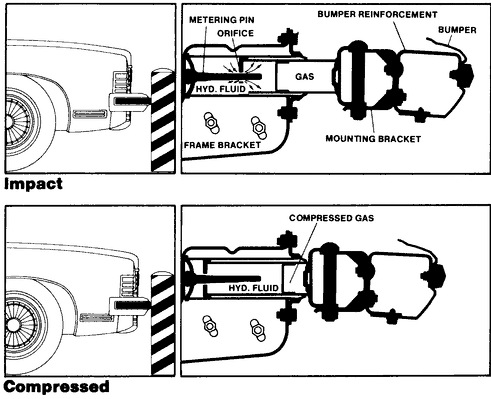
Catalytic Converters
- Catalytic converters can reach temperatures of 2 to 3 thousand degrees. This area of the vehicle should not be touched by the firefighter. Even after the vehicle is shut down the extreme heat will remain in the converter for some time.
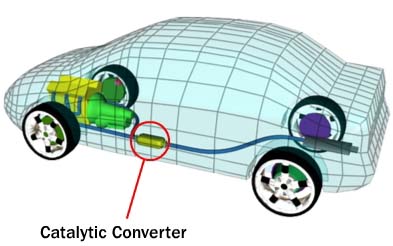
Exploding tires, sharp objects, glass
- Do not stand by any tire that is engulfed in flame. Elevated temperatures can cause tires to explode.
Exposures
- Always check for near-by vehicles or structures, overhead wires, or the proximity of other first responders or spectators that may require pulling a second line for additional protection.
Fuel Tank (gasoline, diesel, propane, CNG)
- Alternative fuels like hydrogen, compressed propane, compressed natural gas.
- Some new cars are using ABS plastic fuel tanks. These tanks can fail and expel the remaining fuel on the ground.
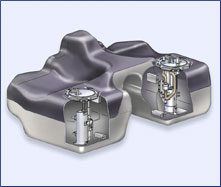
Combustible metals, high pressure hoses, gas struts
- Struts are hydraulic supports used to help hold up car hoods and hatchbacks. A super-heated strut under the hood or trunk of a burning car can explode, blasting a one-inch cylinder through the vehicle's body and into anything in its way.
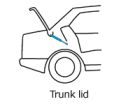
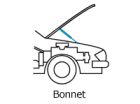
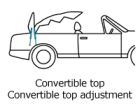
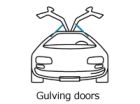
- Most new cars use magnesium in the interior of the car. This can cause a problem during a fire when water is applied.
- "Pre-tensioning" seat belts, which use a charge of gunpowder to yank against an occupant during impact, can explode in the hands of a firefighter working to cut someone free.
- Up until the 2007 models, companies currently selling hybrids, have marked high-voltage parts with blaze orange.
- Starting with the 2007 models the manufacturers are using blaze orange to identify high-voltage hybrid electric cables, bright blue and bright yellow for the medium-voltage electrical system. Some hybrid vehicles use two different colors for their high and medium voltage electrical system on the same vehicle.
- Do not cut any cord or car part that is colored blaze orange, bright blue or bright yellow.
- A retractable rollbar that springs up behind the seats in some convertibles can cause serious injuries to an unsuspecting paramedic.
- Metal detonators tucked into rooftops to inflate side curtain airbags can go off like missiles if cut into by rescuers, firing into the cabin of the vehicle.









![]()




